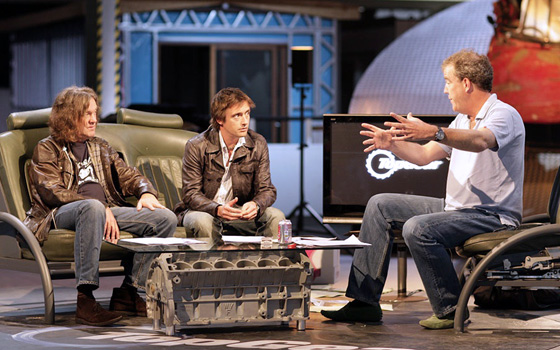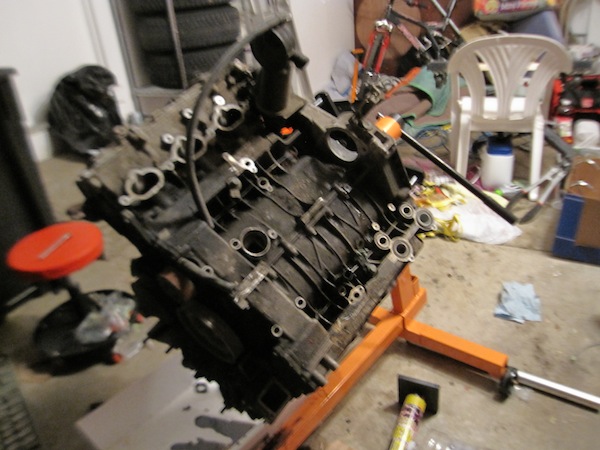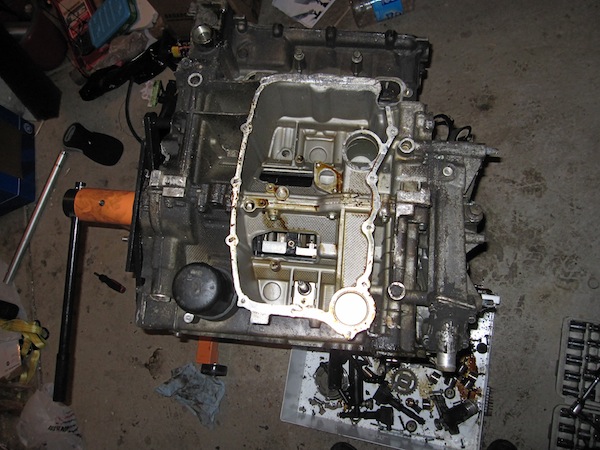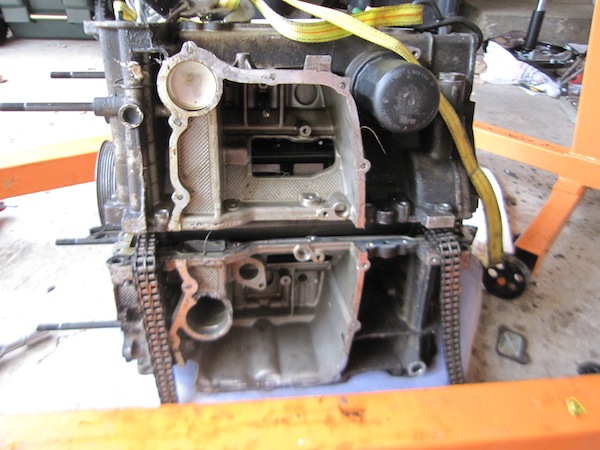Lately, I’ve been itching for a new project and something finally caught my eye. I enjoy watching episodes of BBC’s Top Gear, and the program has inspired me to search for a true piece of automotive enthusiast furniture: an engine coffee table. Look at this table:

Any gear-head who tells you that isn’t cool is a liar. I’m not saying it’ll “go” in any room in the house, but as a motorsport enthusiast and Porsche fanatic, I’d love finding a Porsche motor to clean up for a project like this, with one condition: I don’t want to be selfish: There are many older Porsches left to rust because they lack the replacement parts to make them roadworthy. I do not want to deprive these cars (or their owners!) of parts.
Choosing the Donor Motor
That’s why I will be looking for motors that suffer from acute catastrophic failure. The project can’t be a sacrilege to the Porsche name if the motor is destined for the scrap pile anyway, right? Let’s hear it, I’m sure someone will attempt to make a case claiming otherwise.
I was lucky early on in this project. I found not one, but two motors well within the anticipated budget for this table business. So, like any level-headed individual, I bought both! One is from an early 911 T series (73? 74?) that suffered an internal failure. It will not be on the road again. I’ve set it on a stand for disassembly. Any viable internal parts will be sold/donated to cars in need! Its exterior looks to be in great shape, so I don’t want to mess up anything, which is why I’m cutting my teeth on this first:

Purists may not have been unanimously sold on Porsche’s first mass-produced water-cooled 911, but their parts sharing hijinks with the first-generation Boxster helped rescue the company from financial ruin in the late 90’s and these motors have been proven remarkably reliable over the years, all things (except for the occasional IMS/RMS failures…) considered. It also means there are tons of these motors floating around, which makes me feel better about using one for this project.
Starting to Disassemble the Motor
At first glance, I know I’ll be sending all of these parts into a hot bath after they’re disassembled; excessive oil seepage and thick scoring in cylinders 1 and 4 means something bad must have happened to…

There’s no oil pan. It’s gone. It’s been sheared right off! Large chunks missing from the aluminum crankcase leads me to believe this motor, and the Porsche it motivated, had one Hell of a last ride. Though it has seen its last days on the road, it may still turn heads when I’m finished.

Later, after dozens of 10mm bolts and two trips to Harbor Freight, the seam of the crank case is broken! I’m ready to separate the halves and start disassembling the motor’s interior. To keep the table relatively light, most of these parts won’t be going back into the motor unless they are absolutely necessary to keep it together. I’ll post updates as the table progresses, so there will be multiple opportunities to congratulate and criticize the project!
This post is written by frequent contributor Andrew Granieri. Andrew is a Techncial Writer who lives with his lovely wife in Ohio. His Porsche 944 pulls double-duty as a summer track car as well as a venerable winter weather vehicle. Coincidentally, those are his two favorite driving conditions.
Other Porsche Blog Posts You Will Enjoy
How I’m Learning to Become a Better Porsche Motorsport Photographer
What is the 944Fest and Why Should You Attend?
How Porsche Helped Forge a Strong Bond Between Father and Son
Fanatec’s Porsche GT2 Race Wheel Reviewed